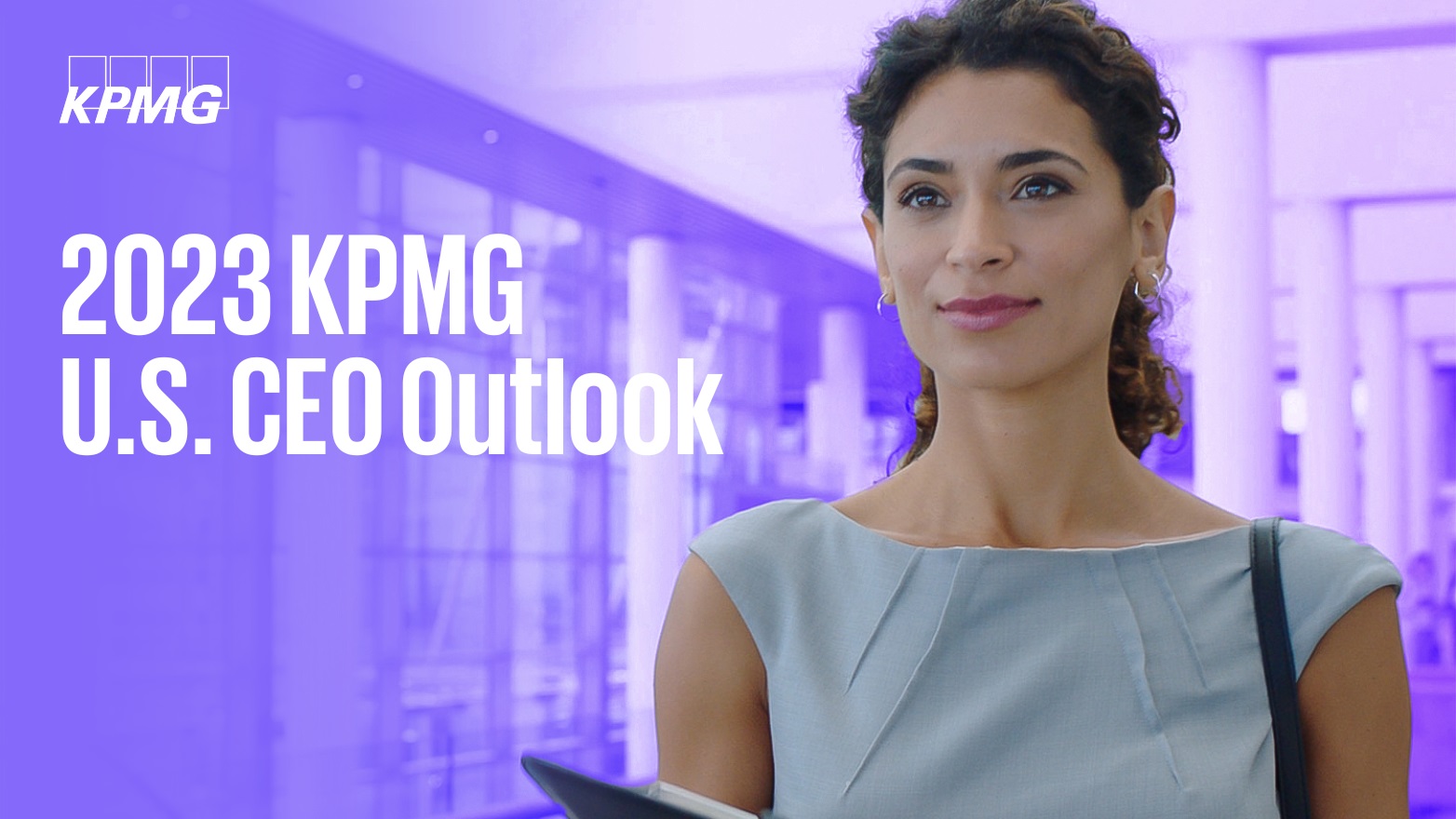2024 Insurance Industry Forecast: Embracing M&A, AI, Talent, and Climate Change Mitigation
As we look ahead to 2024, KPMG US leaders provide a few key predictions to watch out for in the Insurance Industry.
The insurance industry underwent significant changes and challenges from the macroeconomic environment, adoption of digital technologies, extreme weather events, and an increase in regulatory pressure. As we look ahead to 2024, here are a few key predictions to watch out for:
Ramp up of strategic M&A activity
With the stabilization of interest rates, companies are expected to transition from a passive acquisition approach to a more strategic one. Insurance companies likely will divest non-core businesses that are not generating returns and acquire businesses that offer new capabilities. In particular, the insurtech space has created tremendous innovation that larger companies may be interested in pursuing. This will enable them to improve their competitive position and drive growth. KPMG’s CEO Outlook revealed that over half of insurance CEOs (55%) are likely to pursue acquisitions that will significantly impact their organization, indicating that insurance companies are recognizing the importance of M&A as a tool to achieve their strategic goals.
Generative AI to transform operations and cut costs
The insurance sector is poised for transformation with the integration of Generative AI. Business leaders anticipate that AI can revolutionize daily operations by enabling their professionals to enhance communication with policyholders, streamline claims processing, and reduce fraudulent activities. Additionally, AI can automate underwriting and pricing processes, leading to more efficient and accurate decision-making. Every company has its differences and how they will implement AI to solve their unique problems will not be a one size fits all solution.
Despite the potential benefits of AI, there are risks associated with its utilization, such as algorithmic bias and privacy concerns. A significant barrier to the success of insurance organizations is the lack of regulatory guidance, which is perceived by approximately 64% of insurance CEOs. However, recent regulatory developments, such as the White House's first-ever executive order on AI and the EU's creation of the AI Act, are expected to encourage insurance leaders to embrace AI within their organizations while providing guardrails to protect them.
Addressing the talent shortage
While larger companies have the advantage of a greater talent pool, smaller companies may face greater challenges in sourcing individuals with technology expertise. Finding employees with tech capabilities is important for organizations seeking to build a customer centric business model that will help them compile valuable customer data. To address the talent shortage, companies will need to focus on both attracting tech-savvy talent while also upskilling current employees with Generative AI skills for the changing work environment.
Mitigating risk amidst changing exposure: climate, cyber, and social inflation
Extreme weather events this year have underscored the importance of obtaining insurance. The frequency and severity of natural disasters have resulted in higher insurance claims and losses for insurance companies. Some major companies have withdrawn from states such as California that are prone to natural disasters, while others have increased premiums, leading to a reduction of capacity and a need to deploy capital in new and different insurable risks. Companies are likely to continue offering services and solutions to help homeowners mitigate risk including investing in new technologies and tools such as satellite imagery and climate modeling to provide support and resources to homeowners in the event of a disaster.
The anticipated SEC Climate Disclosure rule is expected to have a significant impact on the way companies disclose their climate-related risks to investors. In addition, with the recent adoption of climate disclosure rules in California and upcoming compliance deadlines in Europe, companies are already starting to take proactive measures to comply with existing and anticipated rules.
With the rise of automation and artificial intelligence introducing new cyber risks, insurance businesses will need to create mitigation strategies to minimize vulnerabilities and prevent attacks. Furthermore, social inflation has impacted the sector with increased claims costs, particularly in litigation, forcing insurers to reassess risk models and pricing strategies.
Staying ahead of the curve
The insurance industry has a promising future, but it must remain agile and innovative in their approach. By embracing new technologies and meeting the changing needs of policyholders, insurance companies can remain competitive and relevant in a rapidly evolving landscape.
Explore more

Regulatory intensity is here to stay
10 key regulatory challenges financial services organizations will face in 2024 & how they can strengthen the cards they hold

KPMG Trusted AI and the Regulatory Landscape
A resource page that shares that latest perspectives from KPMG U.S. leaders on the evolving AI regulatory environment.

KPMG Study: CEOs Focused on Game-Changing Investments in M&A and Generative AI to Drive Growth
CEO Confidence in Long-Term Growth Prospects of Their Companies More Subdued. Myriad Risks to Growth include Geopolitics and Political Uncertainty, Disruptive Technology